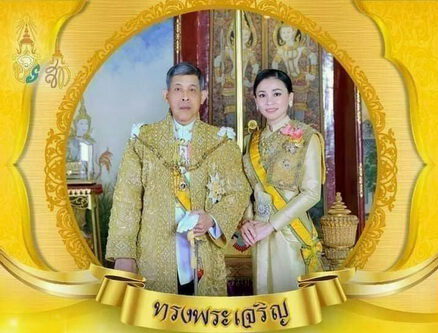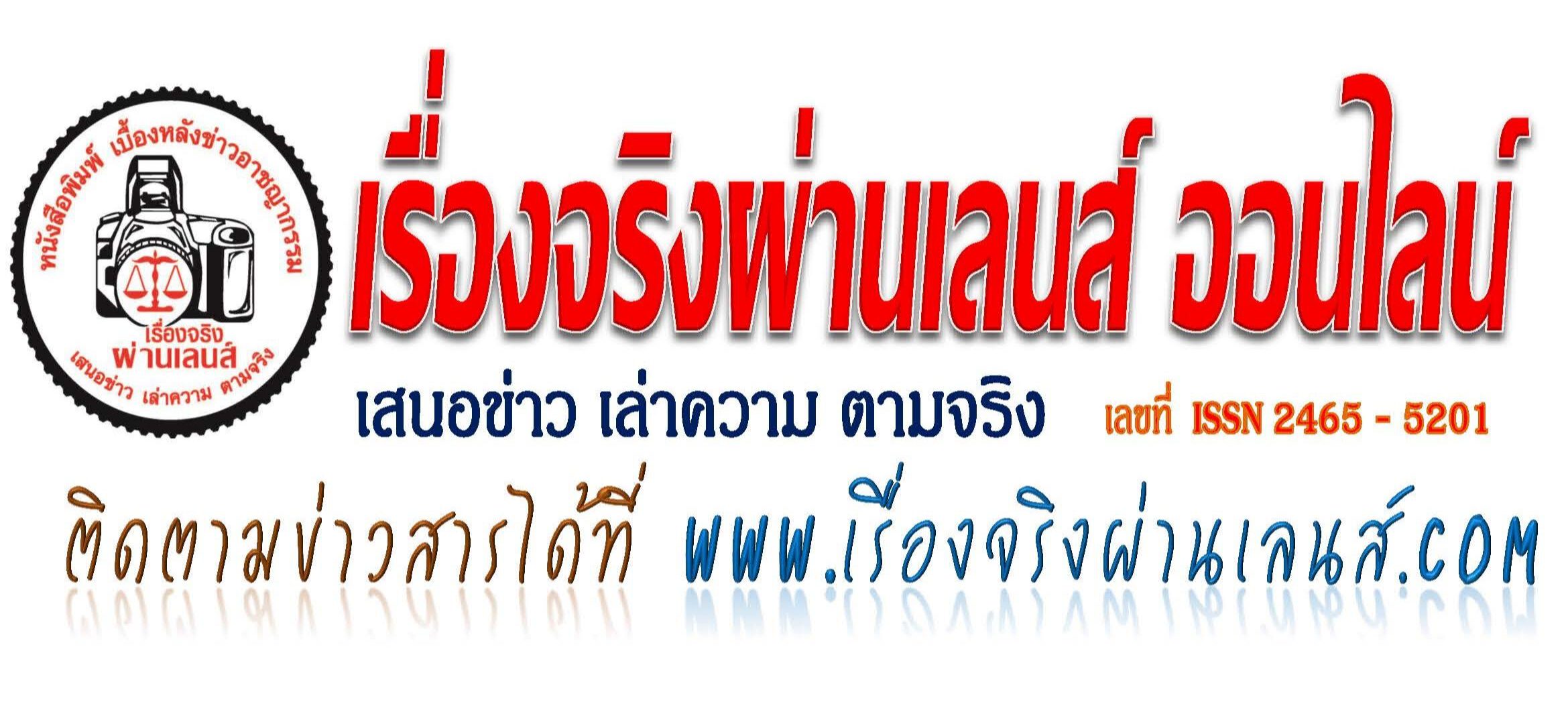Mongolian
In 1254 Möngke Khan organized a proper religious debate (in which William of Rubruck took part) between Christians, Muslims and Buddhists in Karakorum, a cosmopolitan metropolis of many religions. The Mongolic Empire was known for its spiritual tolerance, however had a particular leaning towards Buddhism and was sympathetic in direction of Christianity whereas still worshipping Tengri. The Mongolic leader Abaqa Khan despatched a delegation of 13–16 to the Second Council of Lyon , which created an excellent stir, notably when their leader ‘Zaganus’ underwent a public baptism. A joint crusade was introduced according to the Franco-Mongol alliance however did not materialize as a result of Pope Gregory X died in 1276. Yahballaha III (1245–1317) and Rabban Bar Sauma (c. 1220–1294) had been famous Mongolic Nestorian Christians.

The Xianbei came involved with Confucianism and Daoism but eventually adopted Buddhism. However, the Xianbeis in Mongolia and Rourans adopted a type of Shamanism.
Last Years of Mongol Empire in China
Genghis Khan kept a close watch on the Mongolic supreme shaman Kokochu Teb who typically conflicted together with his authority. Later the imperial cult of Genghis Khan (centered on the eight white gers and 9 white banners in Ordos) grew into a extremely organized indigenous religion with scriptures within the Mongolian script. These ethical precepts were expressed in poetic type and primarily concerned truthfulness, fidelity, help in hardship, unity, self-management, fortitude, veneration of nature, veneration of the state and veneration of oldsters.
By the early 18th century, there were roughly 300–350,000 Kalmyks and 15,000,000 Russians.[citation needed] The Tsardom of Russia steadily chipped away at the autonomy of the Kalmyk Khanate. These insurance policies, as an example, encouraged the institution of Russian and German settlements on pastures the Kalmyks used to roam and feed their livestock. In addition, the Tsarist authorities imposed a council on the Kalmyk Khan, thereby diluting his authority, while continuing to anticipate the Kalmyk Khan to provide cavalry items to battle on behalf of Russia. The last Kalmyk khan Ubashi led the migration to restore Mongolian independence. Ubashi Khan despatched his 30,000 cavalries to the Russo-Turkish War in 1768–1769 to realize weapon before the migration.
Not making it in time, she got off the horse, gave start alone on the Mongolian steppe, and rode residence together with her new child. The most breathtaking factor you’ll discover is the heat radiating from their gentle pores and skin!
In the early 1920’s, Mongolia grew to become a Marxist state, till its quiet democratic revolution in 1990. The Dariganga, a small individuals group of Mongolian origin, inhabit the southeastern regions of Mongolia. They are primarily located in the southern a part of the Sühbaatar province, on a volcanic plateau near the Gobi Desert. The Dariganga belong to the eastern group of Mongols, which incorporates the Khalkha Mongols, the Buryat, and most of the Chinese Mongols. The Mongols were finally subdued by the Qing dynasty in the 17th century.
“Super Father” Genghis Khan has as much as 16 million male descendants
During the socialist period faith was formally banned, although it was practiced in clandestine circles. Today, a large proportion of Mongolic peoples are atheist or agnostic. In the latest census in Mongolia, virtually forty percent of the population reported as being atheist, while the bulk faith was Tibetan Buddhism, with 53%. Having survived suppression by the Communists, Buddhism among the Eastern, Northern, Southern and Western Mongols is right now primarily of the Gelugpa (Yellow Hat sect) school of Tibetan Buddhism.
After the Donghu have been defeated by Xiongnu king Modu Chanyu, the Xianbei and Wuhuan survived as the main remnants of the confederation. Tadun Khan of the Wuhuan (died 207 AD) was the ancestor of the proto-Mongolic Kumo Xi. The Wuhuan are of the direct Donghu royal line and the New Book of Tang says that in 209 BCE, Modu Chanyu defeated the Wuhuan instead of using the phrase Donghu. The Xianbei, nonetheless beautiful mongolian girl, were of the lateral Donghu line and had a somewhat separate identity, although they shared the same language with the Wuhuan. In forty nine CE the Xianbei ruler Bianhe (Bayan Khan?) raided and defeated the Xiongnu, killing 2000, after having received beneficiant presents from Emperor Guangwu of Han.

Language
The Northern Mongolians are similar to the Khalkha Mongols, notably in their bodily options, dialects, and customs. In fact, they are often indistinguishable from neighboring Mongol tribes. However, they preserve numerous small differences, essentially the most significant of which is their language. In reality, they’re the core of all the Mongol peoples across North Asia.
I wouldn’t wanna run into this man in a dark alley…Mongolians are a hearty people 2. We’re all about consuming the native delicacies of a rustic we’re in and although there are some seriously strange street-foods in China, that cuisine is one of our favourites! It seems that Mongolians (within the countryside anyhow) eat out of necessity quite than for enjoyment. Because the Tuvinian, like other Russian settlers, left their house territories in the Soviet Union many years in the past and immigrated to Mongolia; their current “national” standing is disputed. Some Tuvinian clans in Mongolia have maintained their native language, ethnic background, and conventional tradition.

